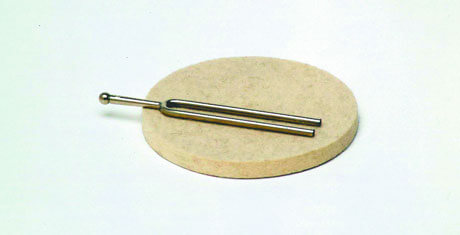Joseph Beuys’ latest show brings alive the artist’s cosmology years after his death
The late Joseph Beuys was drafted into the Luftwaffe while still a youth. The story goes that he became a combat pilot, was shot down in winter, then, frostbitten and near death, he was found by nomadic shepherds and nursed back to life. Beuys was wrapped in sheep fat and felt, which warded off the worst effects of frostbite. These two materials later became Beuys’ signature sculptural materials, underlining the theme of healing that pervades much of his work. Beuys was an extraordinarily inventive sculptor as well as a modern shaman, politician, and self-styled cultural therapist.
As a professor of art at the Düsseldorf Academy in the 1960s and 70s, he became one of the most influential artists of the second half of the 20th century. His students included the painters Anselm Kiefer and the late Blinky Palermo, who named himself after the American gangster and fight promoter at Beuys’ suggestion.
Beuys’ art resonates with imagery and ideas from, among others, Albrecht Durer, Leonardo Da Vinci, and Rudolf Steiner, the 20th century psychologist, whose lectures, using chalk drawings on blackboards, diagrammed a visionary new society. Beuys later incorporated the blackboard lesson motif into his sculpture-performances.
The current exhibition at Gagosian provides the opportunity to spend some intimate time with fragments of his cosmology. Beuys’ work crossed history with myth and modern art with archaic rite. A number of objects in the exhibition originated in performances and retain interest as autonomous aesthetic objects while keeping the air of object-as-performance-or-event about them.
One theme that appears recurrently here is that of a woman’s vaginal opening. In a number of drawings, the contour of a female body is limned. Her spread legs center themselves toward the viewer. Elsewhere, the show displays a piece of vaginal-looking bark as well as a small coil of tightly wound felt molded into this shape. In one slightly larger sculpture, a female torso that looks a bit like dulled yellow porcelain is displayed inside a large vitrine. Simple drawings, sometimes just a slogan scrawled on a piece of cardboard, unguarded, receive the power of Beuys’ inquisitive attention. Years after Beuys death, the works seem to carry on his gently disruptive persona.



































